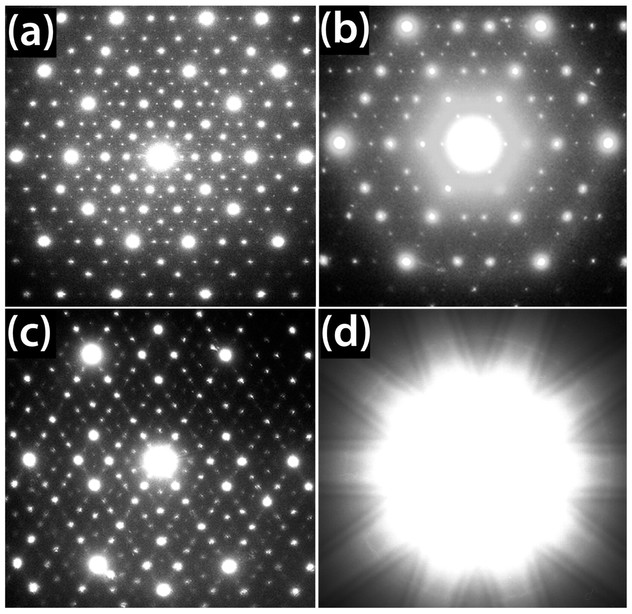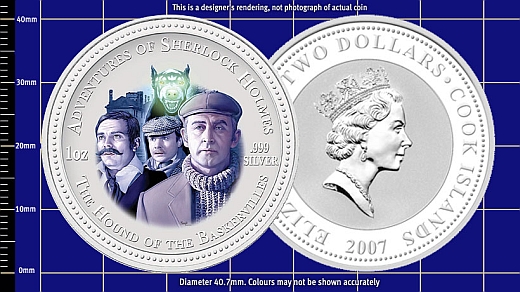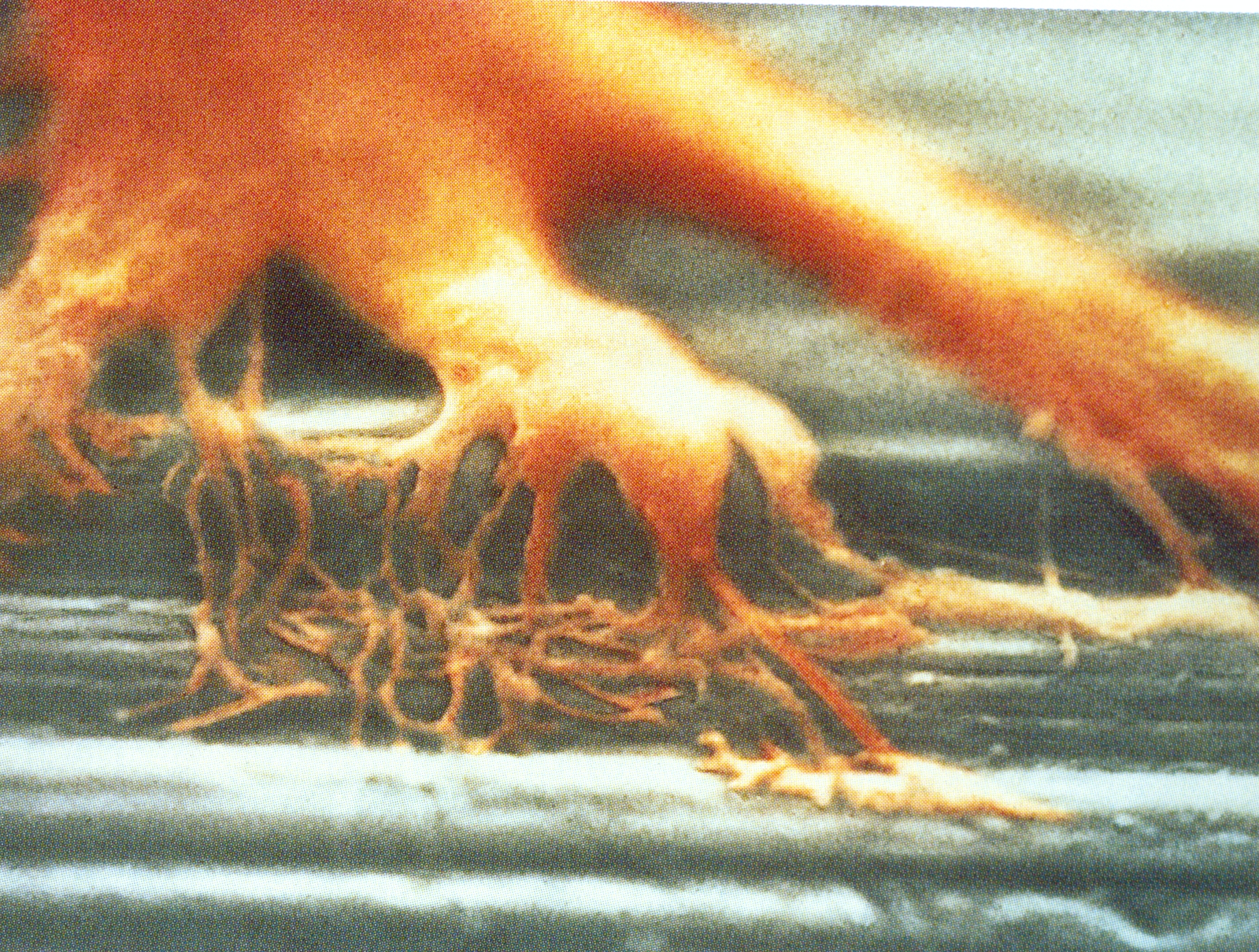I discovered Andy Brunning’s Compound Interest last year and got absolutely hooked on it – and I don’t even teach chemistry! If, perchance, you do teach chemistry and don’t yet know what CI is all about, then you probably should check it out. (And if you want to use the material in the classroom, you can download the high-resolution PDF files.) The topics range from general chemistry to material science, chemical warfare and everyday compounds. You’ve got answers to many questions you always wanted to ask but never had time to find out for yourself, like, “is it worth (not) to refrigerate tomatoes?”. The Undeserved Reputations section is a perfect antidote to the “oh my God, our food is still full of chemicals” stream of rubbish published by your Facebook friends.
Here are ten the top ten some of my CI favourites.
- This is how (I’d like to think) I’ve got interested in chemistry. We used to have a gas hob in our kitchen. I loved the fact that the flame was blue. One day, my brother told me that you can make the flame bright orangey-yellow if you sprinkle it with table salt or bicarbonate of soda. “Why?”, I asked. “Sodium”, was the answer. Unsatisfactory as it was, it stayed in my memory. Yes, chemistry won’t be of any interest to me if not for flame and colours.
- When they are not busy burning or, better still, exploding stuff, your archetypal chemists are often imagined (and therefore portrayed; or is it the other way round?) as hiding behind the test tubes filled with colourful solutions. Which is just as well. The test tubes filled with colourless solutions would be really boring.
- Who didn’t dream of finding a treasure, that is, a pirate’s chest filled with gold and jewels? Wait. I still dream of that. I remember how surprised I was when, back in elementary school, I read in some book that ruby and sapphire are basically the same mineral corundum, the only difference is in a type of impurity. Well it’s quite an important difference then. Without impurities, most gemstones would be colourless.
- My interest in bioinorganic chemistry (even though at the time I didn’t know at it was called that) was also awakened in school, when I learned that some animals have blue blood. I also discovered that, contrary to what anatomy textbooks show, veins do not carry blue blood in humans. I am not sure if I was relieved or disappointed. Later, already in the university, I read about a Soviet-developed fluorocarbon-based blood substitute nicknamed “Blue Blood”. Fascinating stuff.
- I remember, as a child, reading, or rather browsing, an illustrated book about plants (translated from English), with many beautiful colour photographs. “This apple is yellow because of anthocyanin”. Next page: “This apple is yellow because of carotene”. Next page: “This apple is green because of chlorophyll”. The realisation dawned that, apple-wise, being green is not only necessary but sometimes sufficient.
But what about leaves? When autumn comes, chlorophyll starts to break down and we get to see other pigments in them. Apart from caroteinoids and flavonoids, there are also coloured chlorophyll degradation products, termed “rusty pigments”.
- Sometimes, however, we want to get rid of all these beautiful colours. The infographic shows the chemical methods of achieving that, although I am not sure that “enzymatic stains” is a correct name for stains caused by blood or grass (yes, haem and chlorophyll again!).
- Alchemists associated seven metals with seven planets (which included the sun and the moon). At the time, it seemed to be quite reasonable. Now that nobody expects Mercury to be made of mercury (and, for that matter, Pluto to be made of plutonium), precious little is known about composition of these planets. About their atmospheres, we’ve learned a bit more. Hey, isn’t it amazing that Mercury’s atmosphere has by far highest percentage of molecular oxygen (42%) compared to any other atmosphere in Solar system? We still won’t be able to breathe there though, because its atmosphere is way too thin (its surface pressure is less than 10−14 bar).
- Compared to gemstones, coins are so much duller, especially now that we don’t come across either gold or silver coins any longer. Continuing the alchemical tradition, we can say that modern British coins of 20 pence and higher are mostly from Venus (that is, copper), while 1 p, 2 p, 5 p and 10 p coins are mostly from Mars (i.e. iron). Of course, you can find much more metal variety in commemorative coins.
- In contrast to their salts, aqueous complexes and gemstones, pure metals do not offer a great variety of colours. Copper is red, gold is yellow and caesium is yellowish; the rest are coming in many shades of grey. But their chemical behaviour is wildly different, as this infographics shows. You don’t need a sophisticated lab equipment or fancy reagents, just water and some (diluted) acids. If there’s no reaction whatsoever, you’ve got a precious metal. Easy!
- Did I tell you that my first love, as far as the world of analytical chemistry is concerned, was vibrational spectroscopy? If not, I’m telling you now. I’ve never got to do any experiment worthy of a publication, because if I did, believe me, it would have been awesome. This infographics reminded me of happy days of my studenthood when I knew and cared more about amide bands (bless them) than about money or my future career.
 |
| Metal Ion Flame Test Colours Chart |
 |
| Colours of Transition Metal Ions in Aqueous Solution |
 |
| What Causes the Colour of Gemstones? |
 |
| The Chemistry of The Colours of Blood |
 |
| The Chemicals Behind the Colours of Autumn Leaves |
 |
| The Chemistry of Stain Removal |
 |
| The Atmospheres of the Solar System |
 |
| The Metals in UK Coins |
 |
| The Metal Reactivity Series |
 |
| Analytical Chemistry – Infrared (IR) Spectroscopy |
















